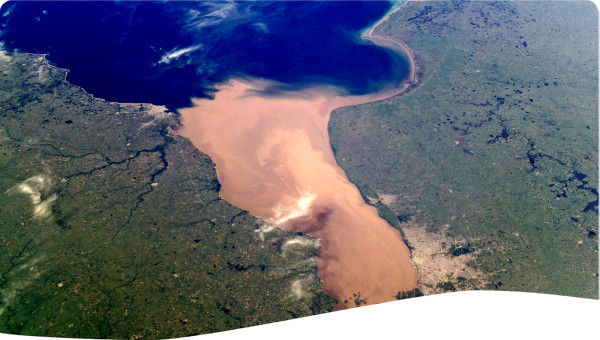The costs related to transboundary water cooperation include a range of core (such as daily management, staff and communication costs) an programme costs (f.e. river basin monitoring, development of strategic plans and infrastructure projects) (UNECE, 2021). In practical terms, the costs of transboundary cooperation comprise of the following activities:
- Institutional processes: including the development and implementation of a legal framework, establishment and tailoring of institutional arrangements, management costs of transboundary institutional arrangements and organisation of meetings of the bodies. Such costs often belong to the core budget, or “a permanent or recurrent budget that is being allocated or agreed upon by its member countries to sustain basic operations of the institution” (Henkel et al., 2014, 12).
- Data and information sharing: including establishing mechanisms for data collection and dissemination, capacity-building and human resources development (Tool B4.01).
- Infrastructure development and operations: such as water-related infrastructure development and maintenance, involving long-term investment in water-related infrastructure for shared water management, flood forecasting and warning, flood risk management (GWP and GEF IW:Learn, 2020).
Many transboundary organisations however struggle in accessing funds for its development and activities. Underinvestment and unreliably of available financial resources often put transboundary cooperation at risk, impacting not only the coordinated management and sustainable development, but also leading to negative repercussions in terms of benefit sharing. Reasons may range from lack of political will among riparian countries, lack of fundraising mechanisms, difficulties in accessing financing mechanisms, perceived risks in transboundary water investments and also in complying with prerequisites, among others.
Financial and investment mechanisms are needed to strengthen and improve transboundary water cooperation and development. It is a way to ensure that the transboundary cooperation can achieve concrete impacts and improvements in terms of transboundary water management. Transboundary financing also should be designed to create an enabling environmental for investments at regional, national and local scales (Tools A).
 Tool -
Tool -


